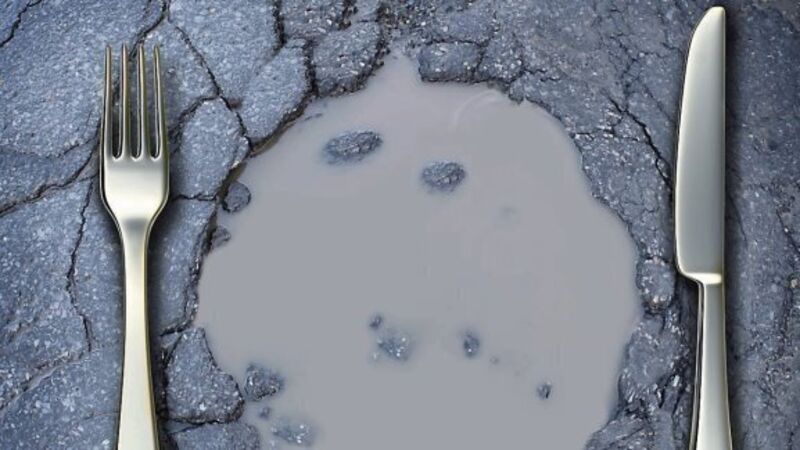Report shows people in deprived areas have shorter life expectancy than people in affluent areas

People living in the most deprived areas in the country tend to have a shorter life expectancy than those living in the least deprived, a new study of small areas suggests.
Life expectancy for people living in Limerick city is almost 6.5 years lower for women, and 7.5 years lower for men, when compared to Dun-Laoghaire-Rathdown.
That is according to the National Deprivation Index for Ireland, published by researchers at the Department of Public Health and Primary Care in Trinity College Dublin (TCD).
Researchers also looked at deprivation over time in each of the county's electoral divisions (EDs), the smallest legally defined administrative areas in the State, using data from the 2006, 2011 and 2016 censuses.
Using that data, the study measured each area’s deprivation score based on specific indications. These included unemployment, a low social class on the Irish Social Class Scale, local authority housing and car ownership.
The study found that John’s A and Galvone in Limerick city, Ballymun in Dublin city and Knocknaheeny in Cork City are the EDs with the highest deprivation scores in the country. Mayfield in Cork City, Longford No. 1 Urban and Larchville in Waterford city and Tallaght- Killinarden in Dublin were also found to have high deprivation scores.
The study also found a number of affluent EDs next to deprived EDs, and vice versa. This was most common in Limerick City (11%), Dún Laoghaire-Rathdown (10%), North Tipperary (9%) and South Dublin (8%).
Policy interventions, such as increasing the amount of local authority housing, can impact directly on an area's deprivation score, researchers noted. Initiatives like improved public transport, accounting for low levels of car ownership, can also affect an ED's score but not reduce deprivation materially.
Not every individual in an area experiences the same level of deprivation as a whole. However, it has been shown that deprivation scores calculated for reasonably small areas are usually predictive of deprivation for individuals living in that area, the study notes.
While deprivation worsened for the whole country between 2006 and 2011 during the recession, it improved between 2011 and 2016, the study found.
The report said:
Of most concern are EDs that have worsened markedly between 2011 and 2016, contrary to the average experience in the country.
These EDs include Gracedieu and the Glen in Waterford City, and St. Laurence and Abbey C in Limerick City.
Dr Conor Teljeur, lead author of the report, said: “Our analysis shows that although many areas improved between 2011 and 2016, some deteriorated. For over 20 years the index has been an important tool both for analysing health data and for supporting local and national-level health policy development.”
Meanwhile, Dublin City University (DCU) has announced it is to double the number of summer work placements on offer to students from disadvantaged backgrounds through its Access to the Workplace Programme, from 50 to 100.
Almost 95% of students who took part this year said they would not have been able to achieve an equivalent placement through their own networks.
DCU runs Ireland’s largest university access programme supporting 1,158 students from socio-economically disadvantaged backgrounds.












